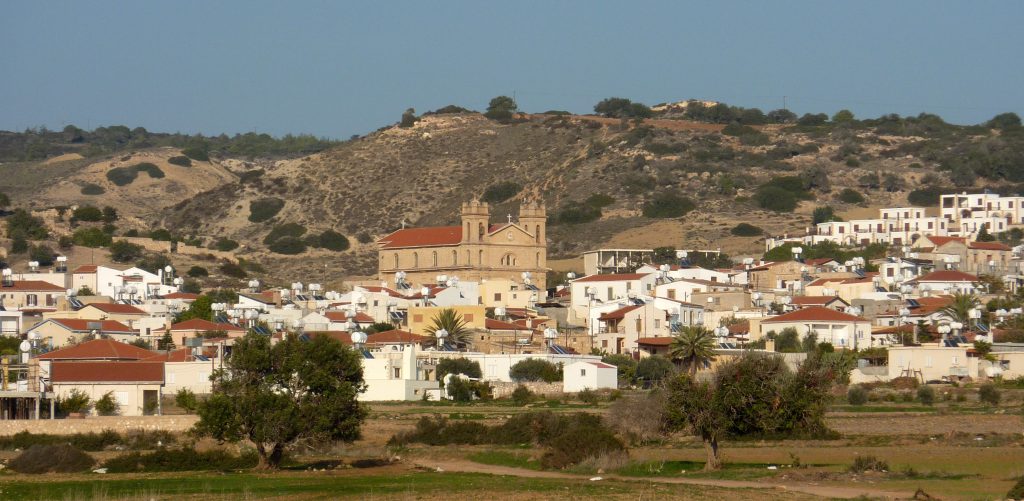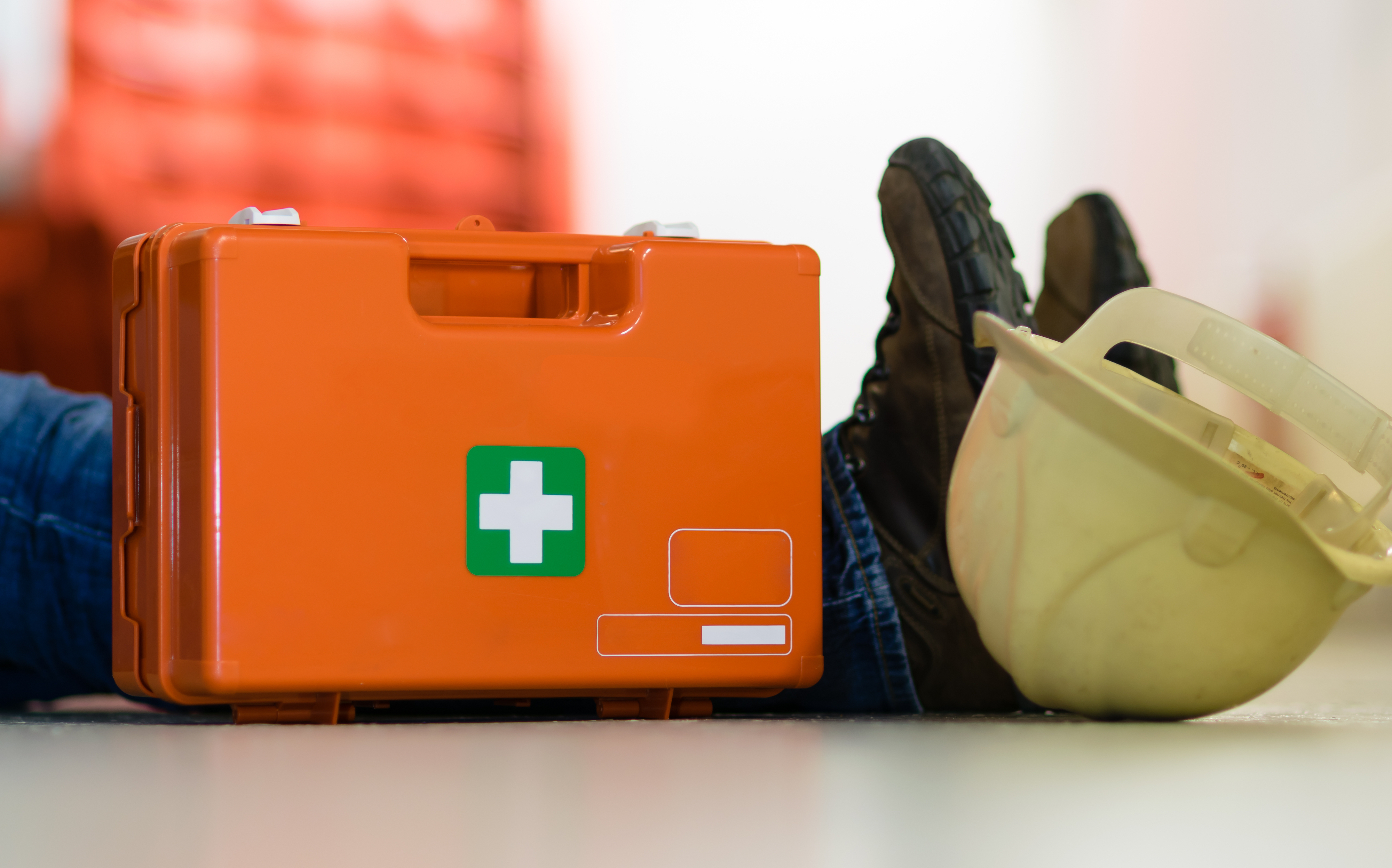TEN Maronite families have moved to the North Cyprus village of Koruçam, it has been reported – the first “young blood” to the village in 45 years.
The families have 16 children between them, including infants and secondary school students, according to a report published on Sunday by the Greek Cypriot daily Politis.
Koruçam, also known as Kormakitis, is a village located on the north-western tip of the Turkish Republic of Northern Cyprus (TRNC).
It is one of just a handful of villages in Cyprus that have been traditionally Maronite, a group of Christians who speak their own ancient form of Arabic.
They are part of the Catholic Church and can trace their roots back to Arabs who arrived centuries ago from what is now Syria and Lebanon.
Most now live on the Greek Cypriot side of Cyprus following the events of 1974 that led to the island’s current-day division, although there have been recent efforts on both sides to encourage their return.
The families that have decided to move back to Koruçam still commute to work and school in South Nicosia, said to be a 40-minute journey, Politis reported quoting community representative Yiannakis Moussas.
This is the “only viable plan that can create the conditions for resettlement as there are no jobs other than farming” in Koruçam, Mr Moussas told the newspaper.
The Maronites have also received financial support from the Greek Cypriot authorities to aid their relocation and “revitalise” the areas they are moving to.
Couples under the age of 45 who have children and who wish to live in villages in the TRNC are entitled to 15,000 euros in help, with 10,000 euros available for those without children.
In addition, an amount of up to 2,000 euros is available as a “one-off” grant to purchase household goods and “other necessary items” once families have stayed in the villages for at least six months, Politis said.
After a year of permanent residence, the families are also entitled to a monthly allowance. Those wishing to set up businesses there, including young farmers, can also apply to the South Cyprus administration for a grant of 3,000 euros, the paper reported.

Mr Moussas said that only 50 elderly residents remained of the pre-1974 Maronite population in North Cyprus and that the decision of the 10 families to return to their ancestral villages was a “salvation for us”.
He said that while other Maronites had returned to Koruçam and the smaller village of Karpaşa in previous years, they had mostly been people over the age of 60 who had retired and wanted to return to the places they grew up in.
“Now with the new plan we are looking forward to the resettlement of young couples with children or young people who are likely to marry there and raise their family,” Mr Moussas said.
“We expect that there will be . . . many others trying to [relocate], though it’s not an easy task.
“It is an experiment that will show if they can afford it, as the way of life and the conditions there are quite different from what we are used to [in South Cyprus], especially for the kids.”
Last week the South’s Cyprus Mail reported that Greek Cypriot officials had received 150 applications, mostly from Maronites, for financial assistance from young couples wishing to move to villages in the TRNC.
Only 20 applications were for resettlement to the Karpaz peninsula, where a number of Greek Cypriots still live, mainly due to the “long distance from cities” that make commuting difficult.
South Cyprus authorities describe Greek Cypriots and Maronites living in the TRNC as “the enclaved” and they are entitled to “humanitarian” UN aid deliveries, despite the fact that they can move freely and cross the border.
In October 2017 former Foreign Minister Tahsin Ertuğruloğlu sparked controversy when he imposed customs duties on the aid, claiming that the recipients “don’t need these supplies and sell them on to the Turkish Cypriots”.
The move was scrapped the following year by Mr Ertuğruloğlu’s successor Kudret Özersay, who allowed the aid to deliveries to resume but with “warning labels” prohibiting the buying and selling of the goods.
He also hit out at the Greek Cypriot leadership for referring to Greek Cypriots and Maronites in the TRNC as “enclaved” and said they should stop using them for “political purposes”.
In July 2017 President Mustafa Akıncı announced that Maronites currently living in South Cyprus would be allowed back to all Maronite villages in North Cyprus, including those under Turkish military control.
Main picture, top: a general view of Koruçam / Kormakitis in 2014. Photo Wikipedia, photo © muffinn, CC by 2-0




